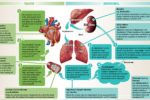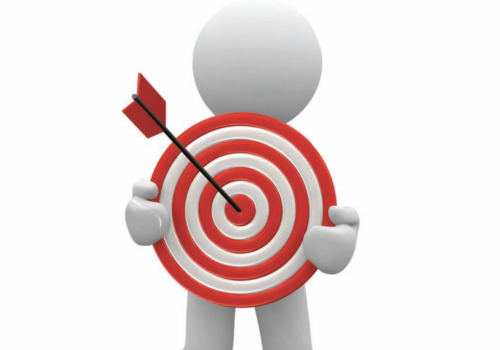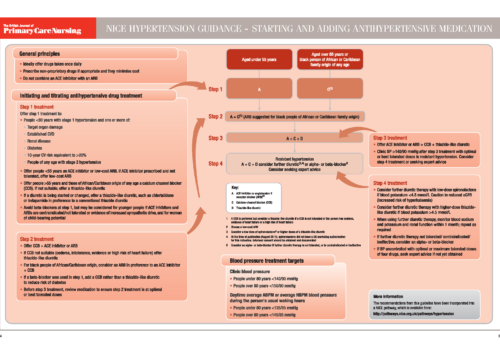Since the publication of the National Institute for Health and Clinical Excellence (NICE) clinical guidance (CG 127) on the management of hypertension in adults two years ago, new evidence has been published which is relevant to – and potentially has an impact on – the guideline recommendations. This evidence is presented and reviewed in the following article.


























